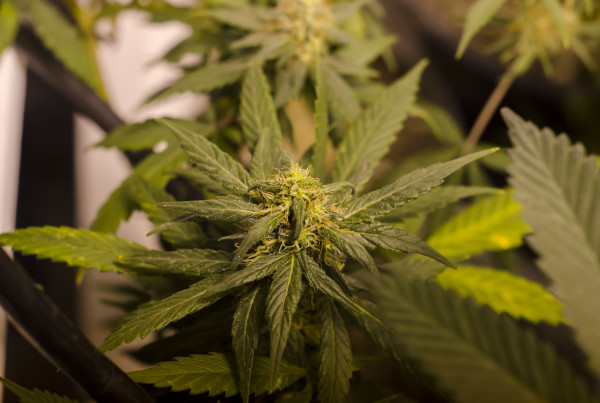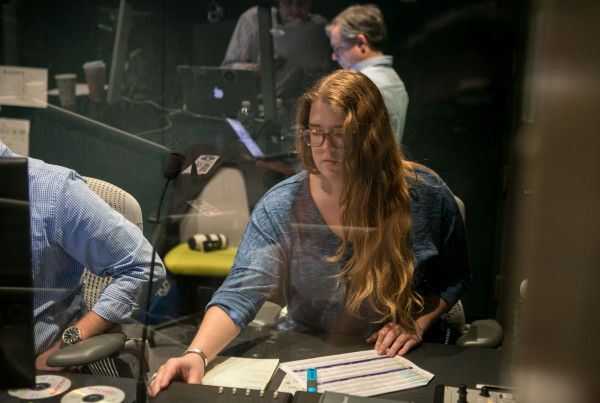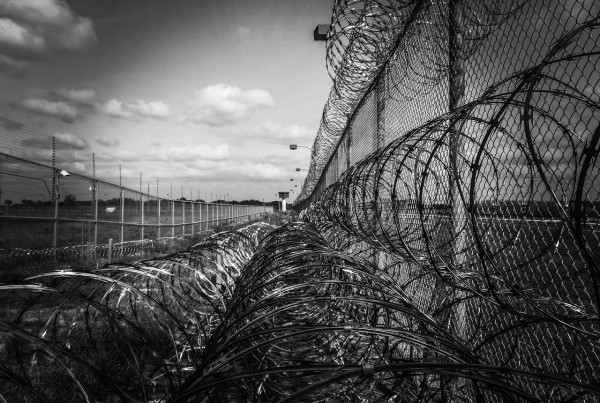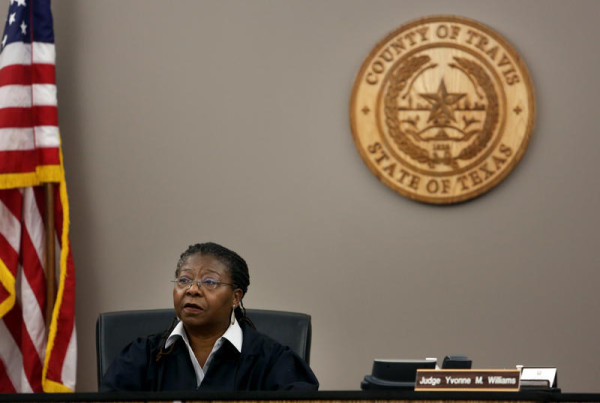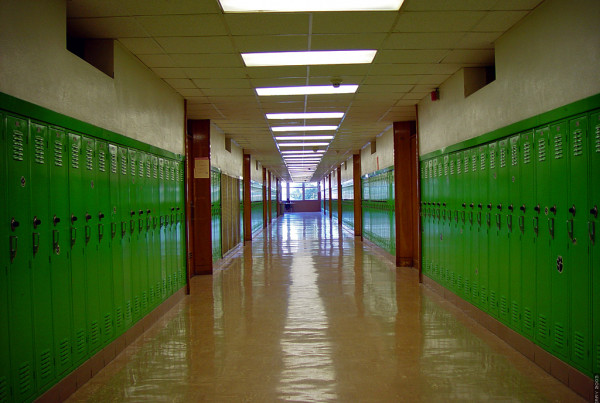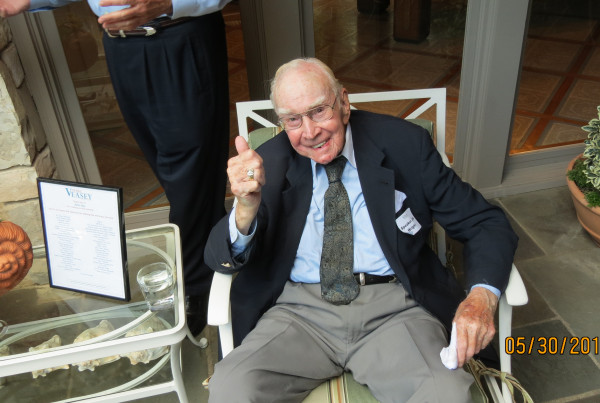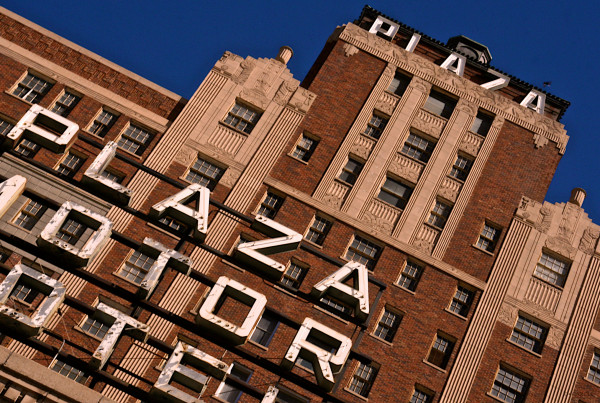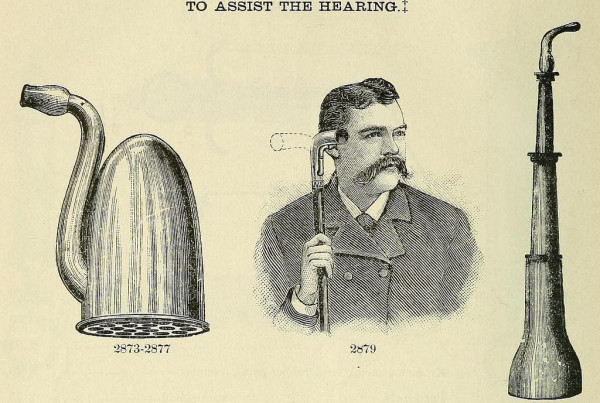The two suspects in the Garland, Texas shooting attack this past Sunday, Elton Simpson and Nadir Soofi, sent tweets out before they were on twitter in the hours preceding the shooting claiming their support of the self-proclaimed Islamic State known as ISIS and using the hashtag “#TexasAttacks.” Twitter is sort of a big deal these days – and yet no authorities noticed the messages on the social media site until it was too late. Where were the alarm bells? Could the attacks have been prevented if the tweets had been seen?
Bruce Schneier, blogger and author of Data and Goliath, joined the Texas Standard to talk about the role of social media during security threats.
So, is part of National Security Agency’s modus operandi to monitor social media for potential threats? Schneier says yes, but it’s a needle-in-the-haystack sort of situation.
“Usually it’s done at a national level. But lots of people chat about lots of things on social media,” he says. “It’s really easy after the fact to say ‘you should have noticed this.’ But before the fact, if you’ve got a million different things you could notice you can’t possibly follow up on all of them.”
Why weren’t the suspects high up on the NSA radar? And what about using social media to monitor people for signs of extreme mental illness in the hopes of getting them help and potentially protecting others against people who are dangerous?
Schneier says that is somewhat naive: “You’re not going to find the shooter, the guy who flips over the edge, because he looks like the million other guys who don’t [flip],” he says. “Unless we’re gonna say we’re gonna fund mental health to help those million people we’re not gonna be able to pick out the one who flips.”




